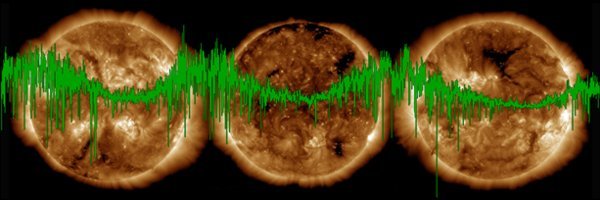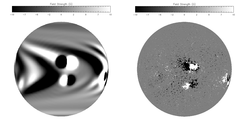
SOLID: First European Comprehensive SOLar Irradiance Data exploitation
The role of solar variability in climate change is a topic of considerable scientific and societal importance, and also a topic of major controversy. The key quantities are the time-varying solar spectral irradiance (SSI). Its highly fragmented observations by over 25 different instruments have provided valuable information but also made its scientific exploitation a major and so far unmet challenge. The First European Comprehensive SOLar Irradiance Data exploitation (SOLID) project aims at creating one single homogeneous solar irradiance record out of all these scattered observations. Such a record is essential for climate science but is also highly relevant for disciplines such as space exploration, space weather, and heliospheric science.
The SOLID consortium unifies representatives from all European solar space experiments and teams specialised in multi-wavelength solar image processing; the European groups involved in irradiance modelling and reconstruction; and the climate community, who will accompany their research work with wide dissemination activity. The main benefits will be an authoritative source of information on SSI, a significant enhancement of present knowledge of solar variability and a long-term structural improvement in the interaction between heliospheric and climate science communities.
The overall objective of SOLID is to provide a uniform data set of:
- solar spectral irradiance measurements from the beginning of the space era to the present including proper error and uncertainty estimates. SOLID will analyse and merge the complete set of European irradiance data, complemented by archive data (solar images and solar proxies) that include data from non-European missions;
- modelled solar irradiance records from the beginning of the 20th century to the present, including uncertainty estimates. SOLID will work with two different state of the art models to produce the reconstructed spectral and total irradiance data as a function of time. The results will be used to bridge gaps in time and wavelength coverage of the observational data, and to extend the data sets in time before the space era.
The role of the MPS within the SOLID framework is to improve existing total and spectral solar irradiance reconstructions by using a SATIRE-type (Spectral And Total Irradiance REconstructions) model fed with simulated magnetograms to better capture the irradiance variability on timescales of days to weeks.
Simulated magnetograms are produced using a surface flux transport model (SFTM) that describes the transport and cancellation of magnetic flux on the solar surface. The sources of magnetic flux are the active regions. Their emergence on the solar surface is described by the observed record of daily sunspot group positions and areas. The sunspot record is available since 1874, which allows us to simulate daily magnetograms well into the pre-satellite era (since the beginning of the 20th century).

The flux emerging in the small bipolar regions modelled separately according to the observational studies that suggest that the rate of emergence of ephemeral regions follows that of the active regions but is extended in time: the ephemeral region cycles start before and end after the associated active region cycle. Solar irradiance is then computed as the combined contribution of active regions and ephemeral regions. The model describes daily and rotational variability more accurately than models employing the sunspot number directly.
